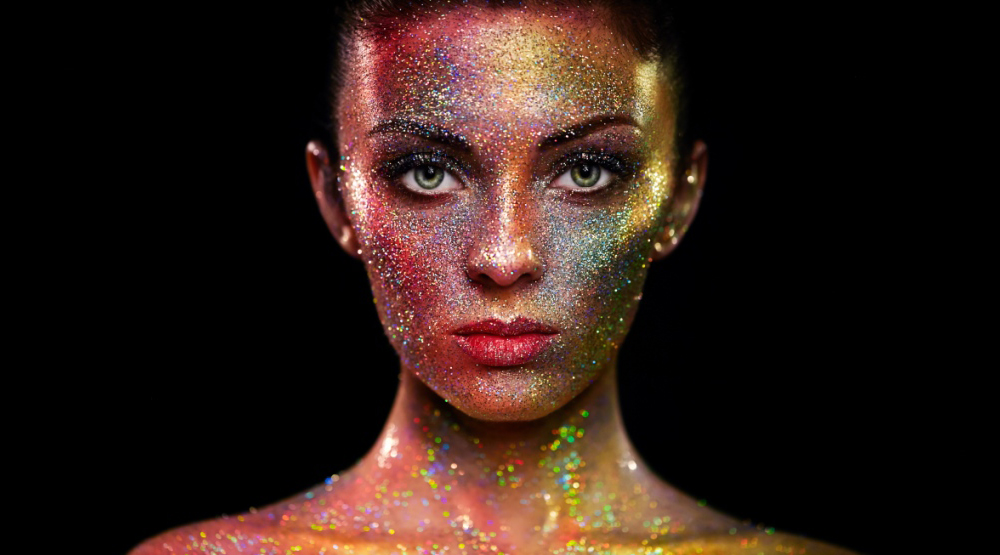Just two months after Sydney’s Gay and Lesbian Mardi Gras banned glitter from its annual parade, CIDESCO, the World Standard for Beauty and Spa Therapy, is calling on its to stop using makeup that contains glitter made from non-plastic alternatives.
CIDESCO president Anna-Cari Gund says it is important that everyone in the beauty industry, including brands, educators, salon professionals and makeup artists, act quickly to ban its use.
Glitter used in makeup is typically made from etched aluminum that is bonded to form a micro-plastic called polyethylene terephthalate.
When such glitter is thrown away, or washed down a drain, it becomes an ecological hazard, particularly in the oceans, where it has been found in the stomachs of fish and other marine life.
Indeed, a 2012 study by Professor Richard Thompson at Plymouth University found that one in three fish caught in Great Britain had ingested micro plastics such as glitter.
Gundy says that “as a worldwide organization with a large number of members and students” CIDESCO can make a significant difference to the environment.
“It is in our best interests to reduce plastic pollution as much as we can,” she said.
“We ask people to reconsider and re-educate themselves on the products that they are using.”
CIDESCO’s call to ban the use of plastic glitter in the beauty industry follows the Sydney Gay and Lesbian Mardi Gras’ decision to ban glitter at its February parade which is renowned around the world for its flamboyant use of glitter.
“We used to bring in about three tons of glitter from China,” event organizer Teresa Case told The Sydney Morning Herald.
“That goes in the gutter, it ends up in our oceans, our fish eat it, and you find it in crab shells and oysters. We must be responsible and make really urgent changes.”
For more news and updates, subscribe to our weekly newsletter.

